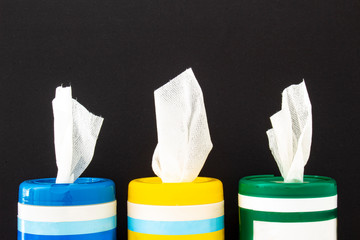In the current COVID-19 pandemic, it seems like disinfectant wipes are everywhere – from hospitals to grocery stores and everywhere in between. It can be tempting to think that these wipes are all created equal, but the reality is a bit more complicated. Let’s look at five myths it comes to finding the right wipe, both for the current situation and as we move into what may become the “new normal”.
Myth #1: All Wipes are Effective against the COVID-19 Coronavirus
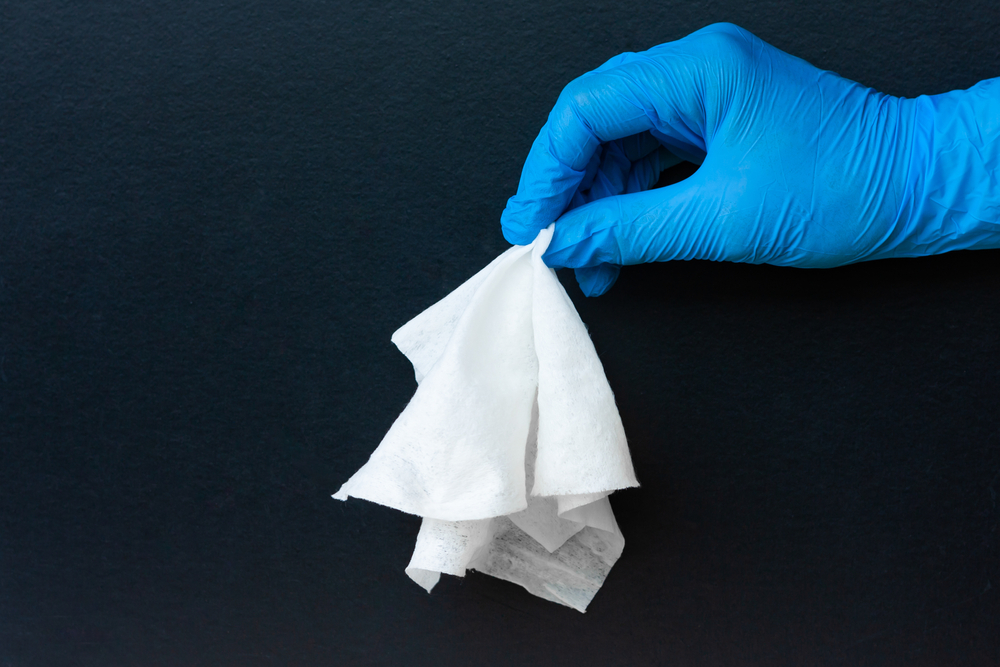
Not so fast! The EPA has rules put in place for disinfectants to be used against the coronavirus that causes COVID-19, and disinfectants need to be approved by the EPA for use against this virus. To help you figure out if your disinfectant wipe is effective, the EPA released a list of approved disinfectants (List N) to be used against the COVID-19 coronavirus. However, not every disinfectant wipe will make the cut.
When selecting a disinfectant wipe, ensure that its EPA registration number can be found on this list. Rescue™ wipes (EPA #74559-10) are approved under the EPA’s Emerging Viral Pathogen guidance for use against SARS-CoV-2, the virus that causes COVID-19 disease.
Myth #2: All Wipes Kill Viruses at the Same Speed
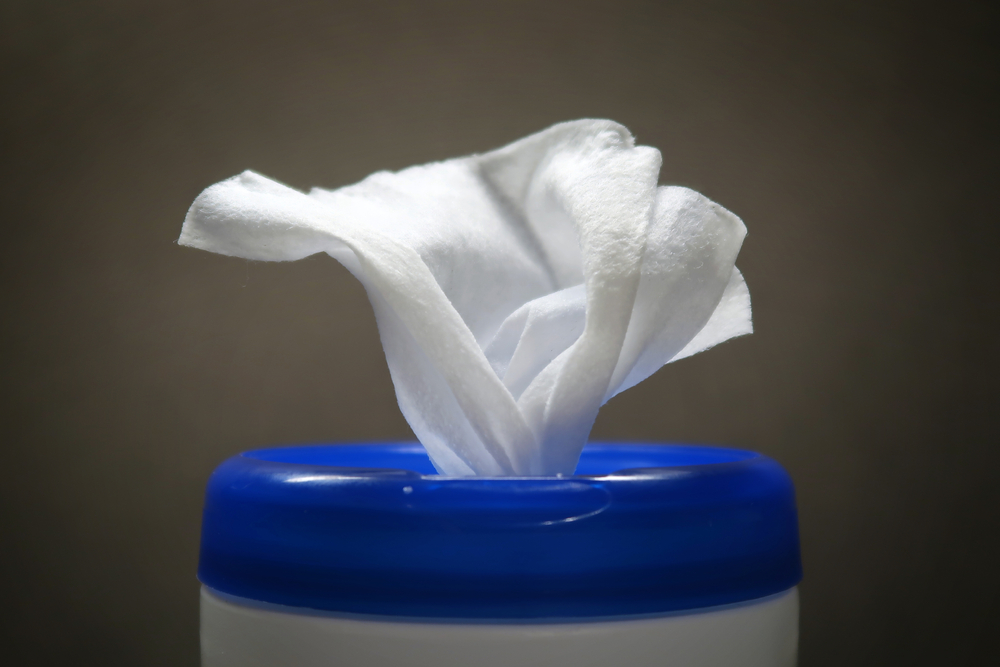
If you take a closer look at the product label, you’ll quickly see that this is far from the truth. For instance, if you pick up a canister of household wipes off the shelf of your local hardware store, you’ll notice that they require a 10-minute contact time. This means that in order to properly kill viruses, the liquid from this wipe needs to stay wet on the surface for 10 minutes. To make matters worse, if the liquid dries before the 10 minutes are reached, an additional wipe, or two, will be needed to reapply the disinfectant.
For a busy animal care facility, look for a product that allows you to simply wipe and walk away. Rescue™ wipes have a realistic contact time of one minute, giving you confidence that your wipe is really doing its job in protecting your facility.
Myth #3: All Wipes are Equally Safe
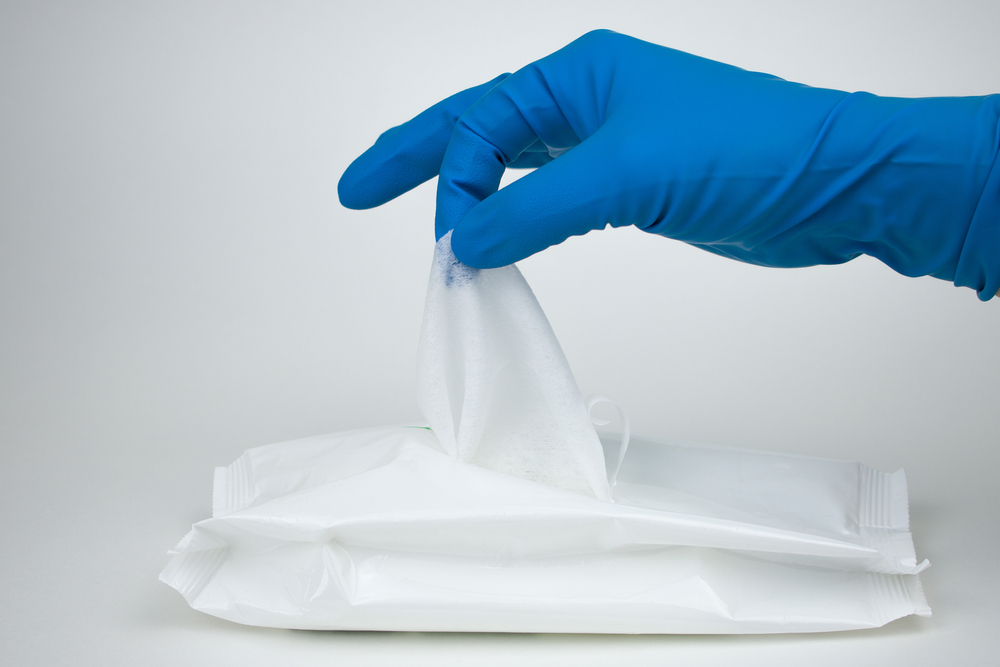
Although this would be ideal, the unfortunate reality is that some disinfectant wipes may come with health and safety risks. For this reason, it’s important to always read the product label and SDS to ensure that you’re aware of any risks associated with a particular wipe. For instance, some wipes may cause temporary or even permanent eye damage or might be irritating to the skin. Rescue™ wipes are non-toxic, non-irritating, and don’t require the use of any personal protective equipment. Using Rescue™ helps kill viruses effectively while ensuring that your safety and that of the animal is never compromised.
Myth #4: All Wipes Clean Equally Well
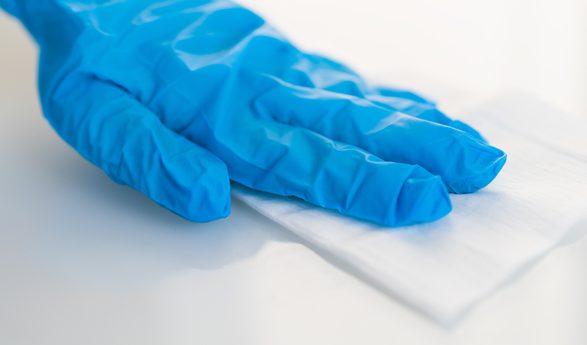
Another area that sets some wipes apart is in their ability to properly clean surfaces in addition to killing germs. While a lot of products are marketed as one-step cleaner/disinfectants, some products certainly clean better than others. For instance, wipes based on quaternary ammonium compounds are known to leave sticky residues behind on surfaces and may not work as well in the presence of dirt residue. Rescue™ is formulated with powerful detergents, to lift tough soils off the surface and clean while it disinfects.
Myth #5: A Wipe is Less Effective than Spraying Disinfectant
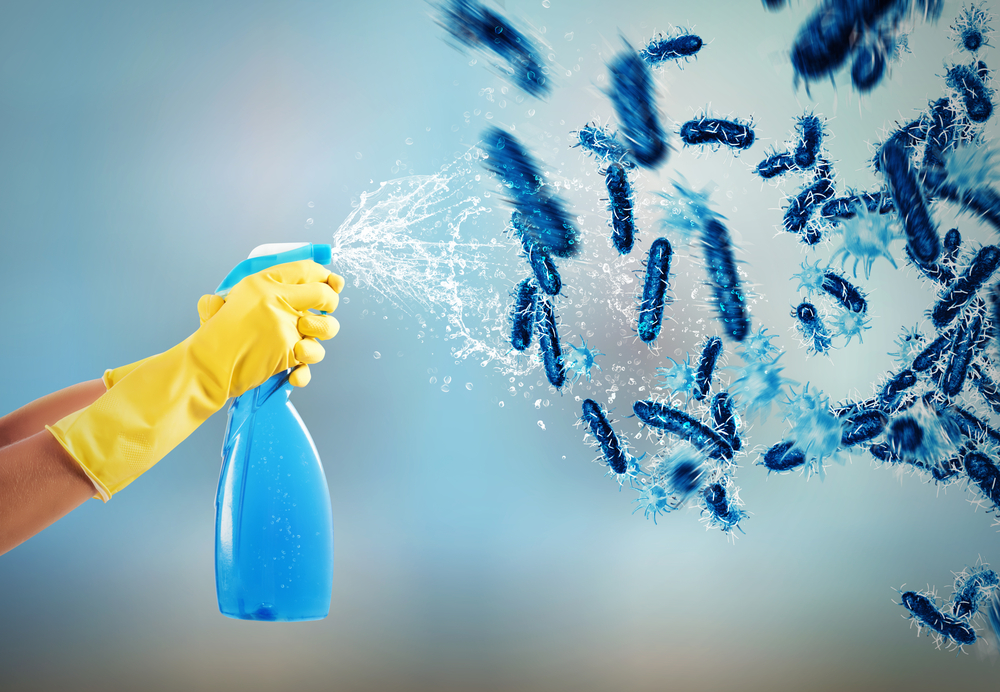
A lot of people think of wipes as being a less heavy-duty disinfection option compared to spraying down surfaces. However, wiping surfaces with a pre-moistened wipe can often be more effective. As long as it’s approved by the EPA for use against the COVID-19 coronavirus, a wipe can offer a convenient solution to apply the right amount of disinfectant to a surface. In addition, the physical action of wiping will help cover the surface evenly, ensuring that no spots are left behind. Wipes are ideal for high-touch surfaces around your facility and are a great way to simplify your cleaning protocol.
Clearly, COVID-19 is changing the way we think about infection prevention, but many of the lessons learned from this pandemic can help us build stronger practices as we move into the “new normal”. This includes making sure that the disinfectant wipe you use is protecting the health and safety of your animals, your team, and the world around you.

